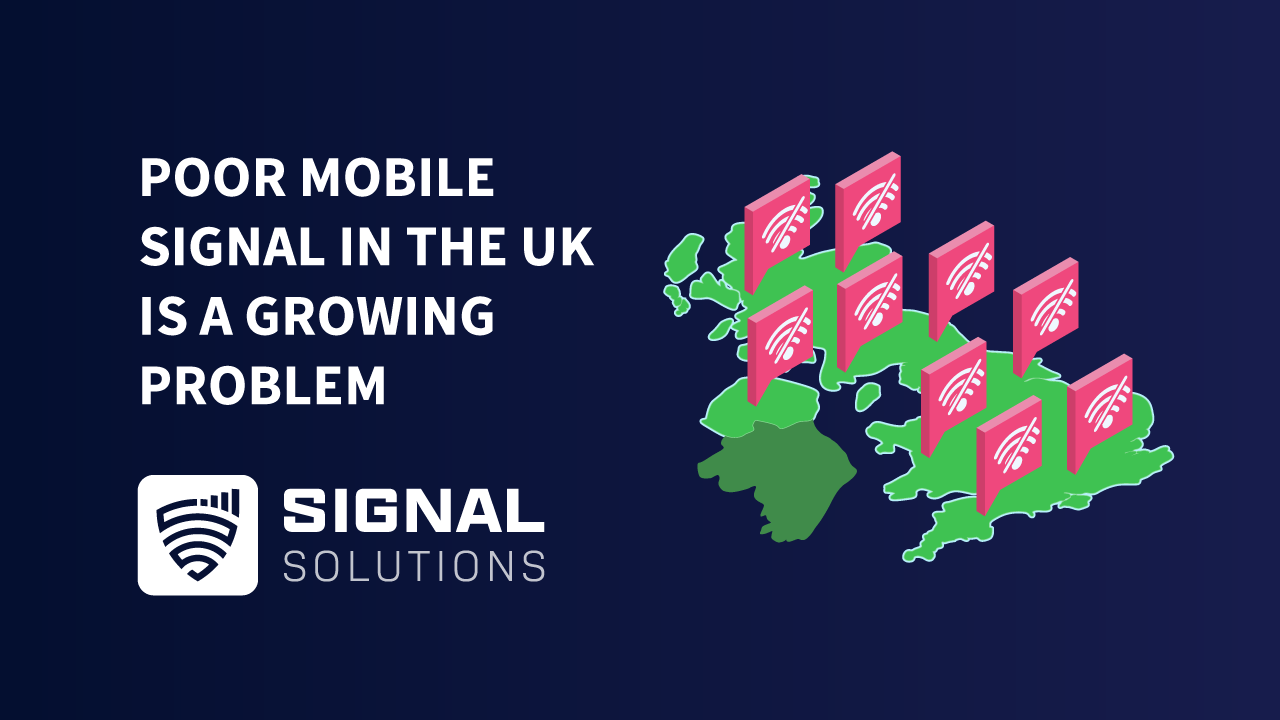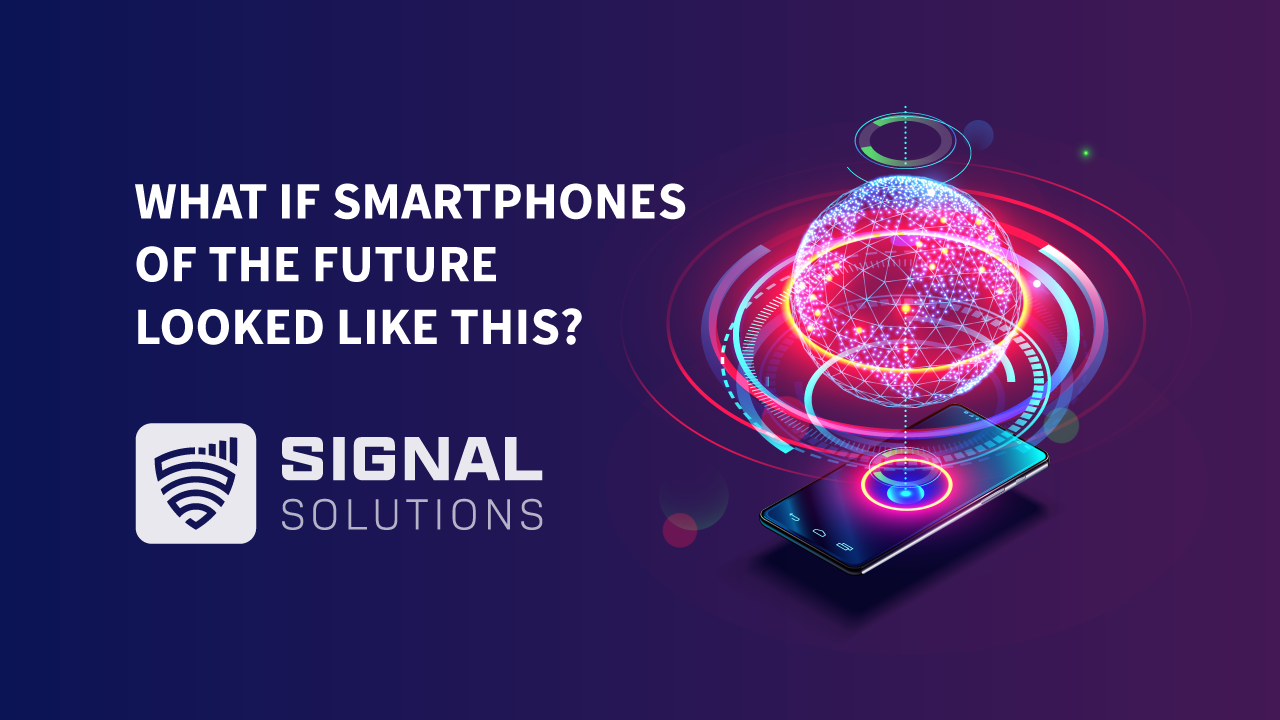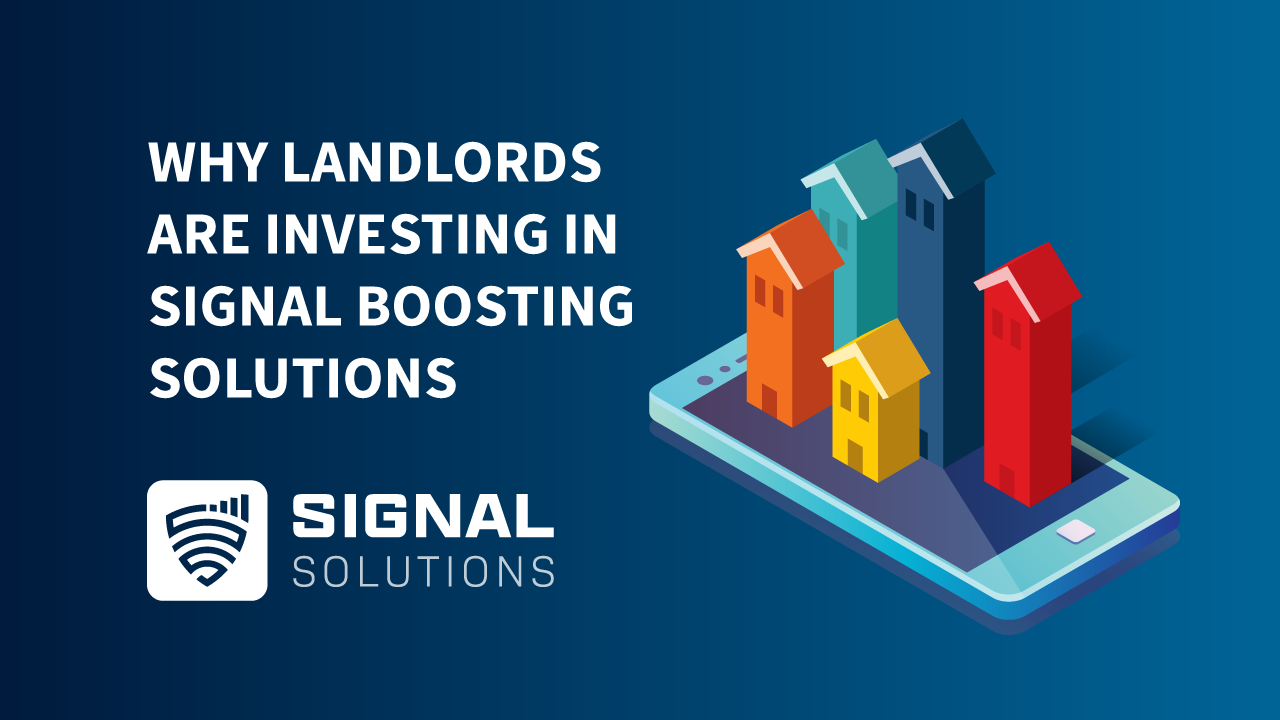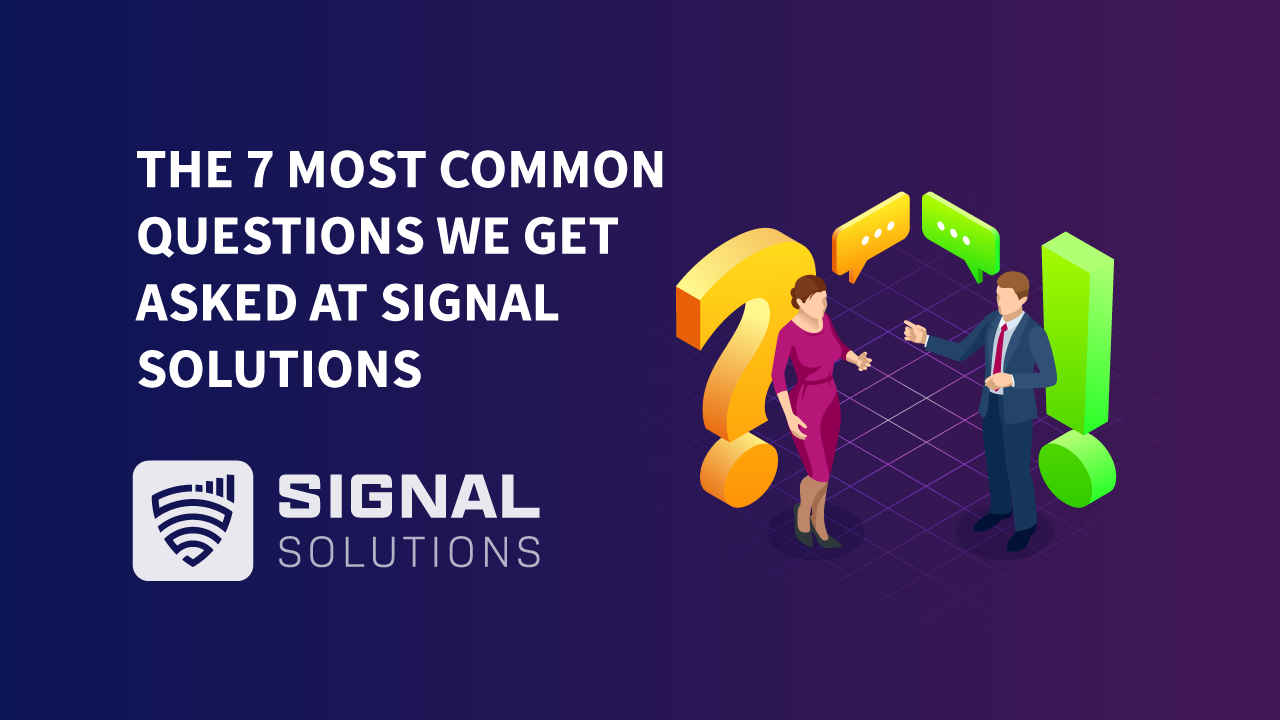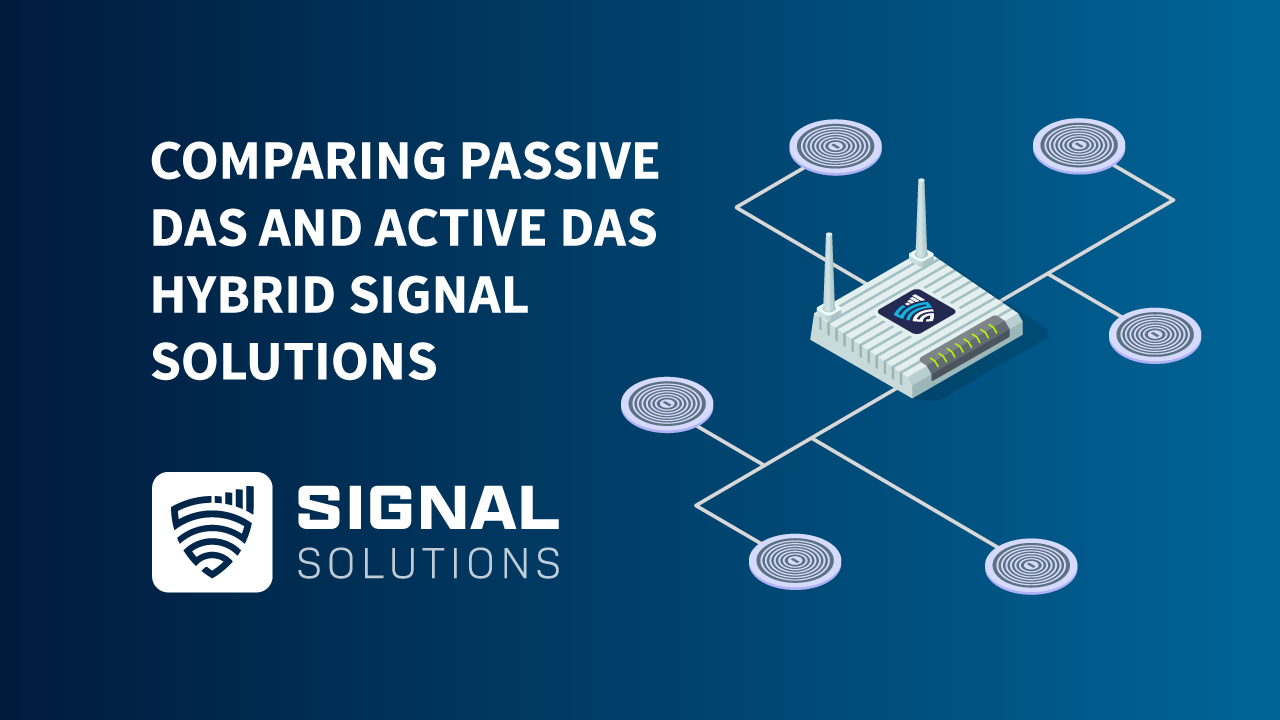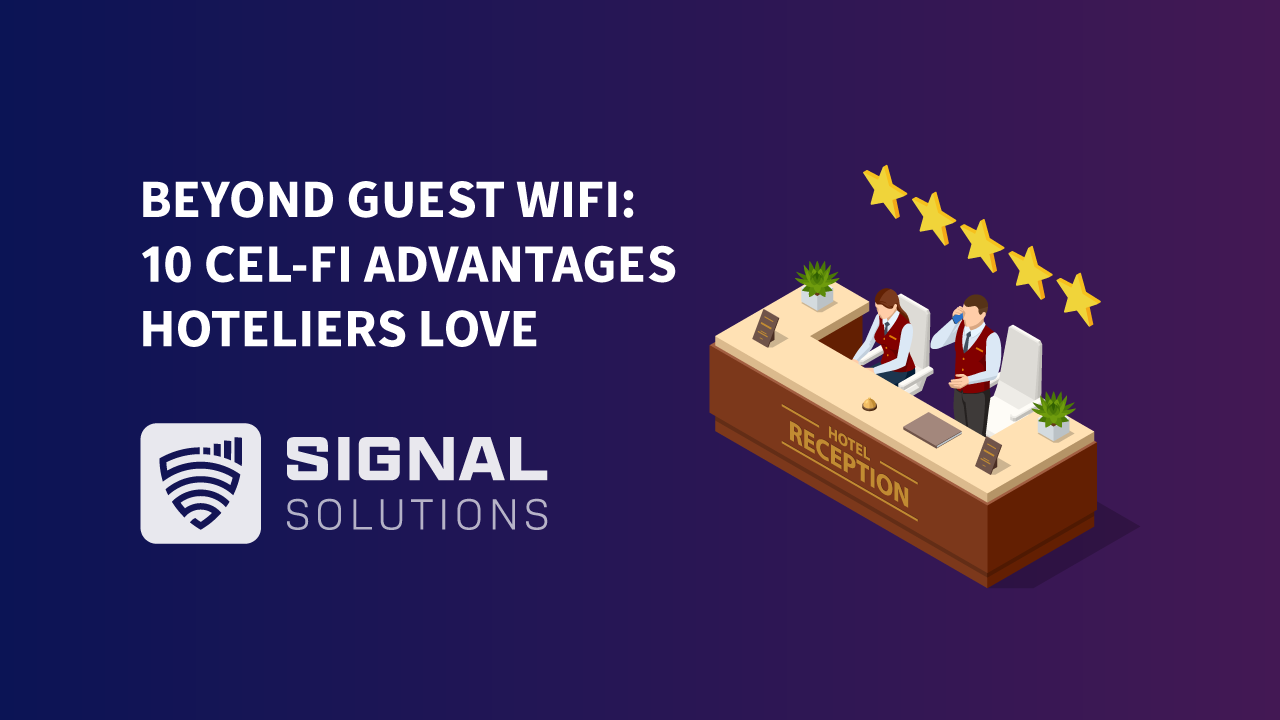Understanding Ofcom Regulations: Why Signal Boosters Are for Indoor Use Only
Ofcom regulations ensure that mobile signal boosters can only be used indoors, where they make the most impact. These rules are in place to prevent interference with wider mobile networks, allowing homes and businesses to benefit from stronger indoor coverage without affecting external signals.
By following these guidelines, we help you enjoy reliable mobile connectivity indoors, even in areas with poor mobile signal, while staying fully compliant. To learn more about how Ofcom regulations affect signal boosting, visit the Ofcom website.
Factors Contributing to Poor Mobile Signal in the UK
-
Geographic Challenges
The UK’s diverse landscape, including rural areas, hills, and valleys, often blocks signal transmission, leading to poor mobile signal. These natural barriers make it harder for mobile networks to deliver a strong signal, particularly in more isolated areas.
-
Building Materials & Urban Infrastructure
Thick stone walls, metal structures, and energy-efficient windows can block signals indoors. Even in urban areas, the sheer density of tall buildings can cause signals to bounce around, further weakening indoor reception.
-
Distance from Cell Towers
Being far from a cell tower weakens signal strength and contributes to poor mobile signal. The greater the distance, the more the signal degrades, which is why rural and suburban locations often struggle with reliable connectivity.
-
Weather Conditions
Believe it or not, rain, fog, and storms can temporarily interfere with signals, weakening them or causing dropouts. Bad weather scatters and absorbs mobile waves, meaning a normally strong signal can be unreliable during adverse conditions.
-
Electronic Interference
Everyday devices like microwaves, Wi-Fi routers, and even underfloor heating can interfere with mobile signals, making indoor connectivity less reliable. This interference can lead to slower data speeds and more frequent dropped calls.
-
Dense Vegetation
Trees and thick greenery can absorb or block mobile signals, particularly in wooded areas or properties surrounded by dense vegetation. The thicker the foliage, the more it disrupts the signal, leading to poor mobile signal and reduced coverage even in outdoor spaces.

How Signal Boosters Offer an Effective Solution
Benefits of Using Signal Boosters
-
Extended Coverage Area
Signal boosters can extend coverage across larger properties, ensuring that even remote or hard-to-reach areas (basements for example) still receive a strong mobile signal.
-
Multi-Network Support
Many signal boosters are compatible with multiple mobile networks, meaning they can improve coverage for various carriers, making them ideal for households or businesses with users on different networks.
-
Improved Battery Life
A stronger signal reduces the effort your mobile device needs to connect to a network, helping to extend battery life as your phone isn’t constantly searching for a signal.
-
Supports Multiple Devices
Signal boosters can handle multiple devices simultaneously, providing stable connections for everyone, whether they’re making calls or using data.
-
Enhanced Security
A more reliable mobile signal allows for better use of security systems that rely on mobile networks, such as alarms or surveillance cameras, making your property safer.
-
Business Productivity
For businesses, improved signal means smoother communication, fewer dropped calls, and faster data speeds, which can increase overall productivity and efficiency.

Installation Process
At Signal Solutions, we specialise in delivering expert mobile signal booster installations across the UK and Europe, ensuring optimal coverage for homes and businesses. Here’s our detailed installation process:
Before we visit your site, we offer a free desktop survey to assess your location’s signal challenges. It is essentially a free solution design and quote. Using advanced mapping tools, we evaluate the strength of your local signal and determine the best approach for improving your coverage. You can request your survey here: Free Desktop Survey.
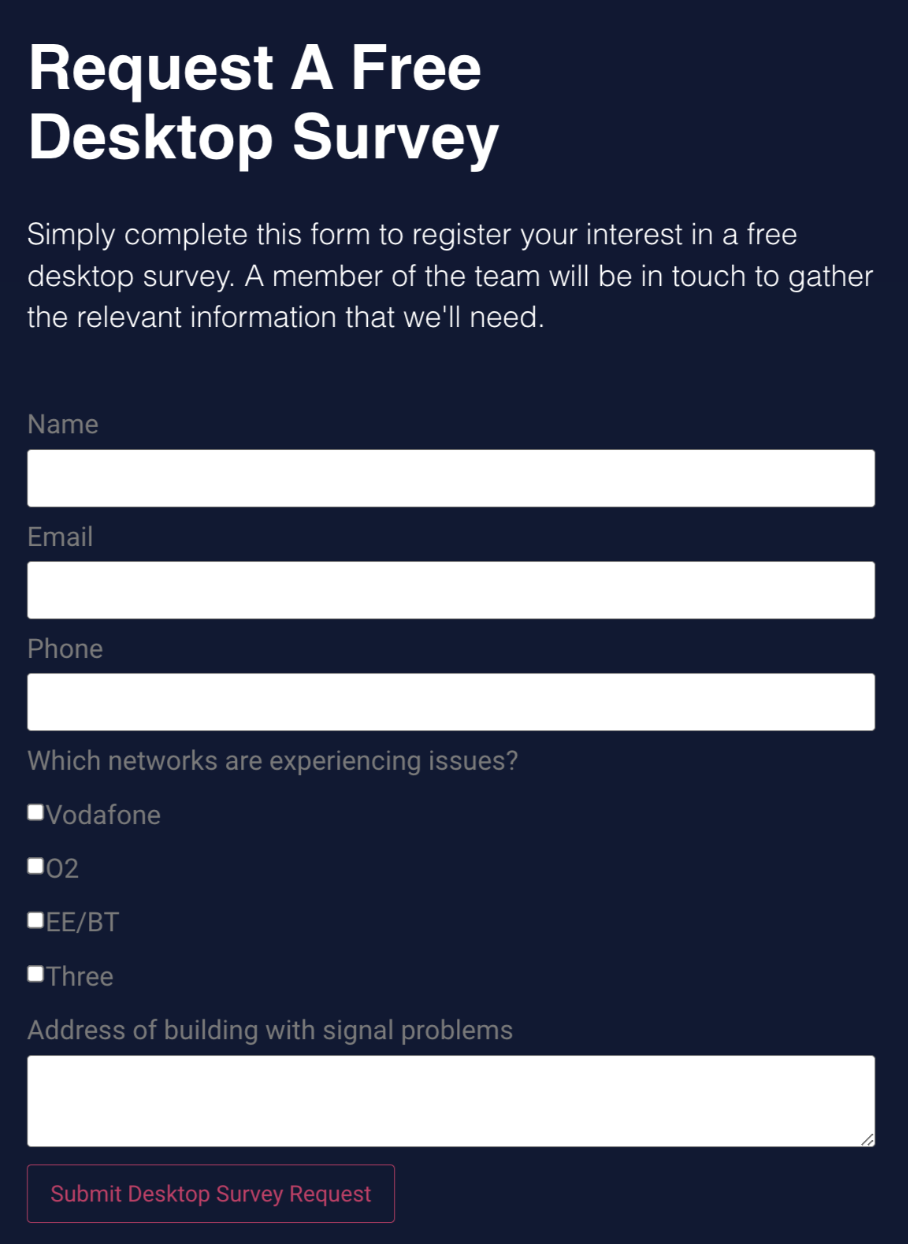
2. On-Site Survey and Assessment
After the desktop survey, our technicians conduct an on-site survey to get a detailed understanding of your current signal conditions and pinpoint the best locations for the equipment. This ensures we design a customised solution tailored to your property’s unique layout.
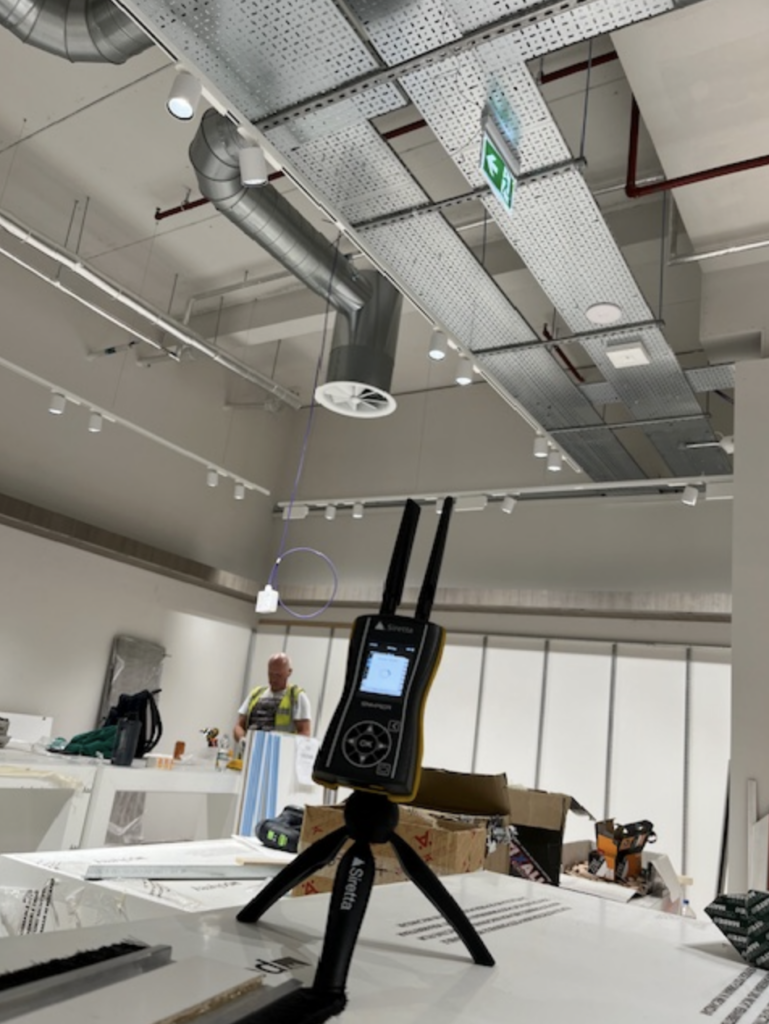
3. External Antenna Installation
We install the external antenna in the location with the strongest outdoor signal, usually on the roof or an exterior wall. This antenna captures the available mobile signal from the nearest cell tower, even in areas with weak outdoor reception.
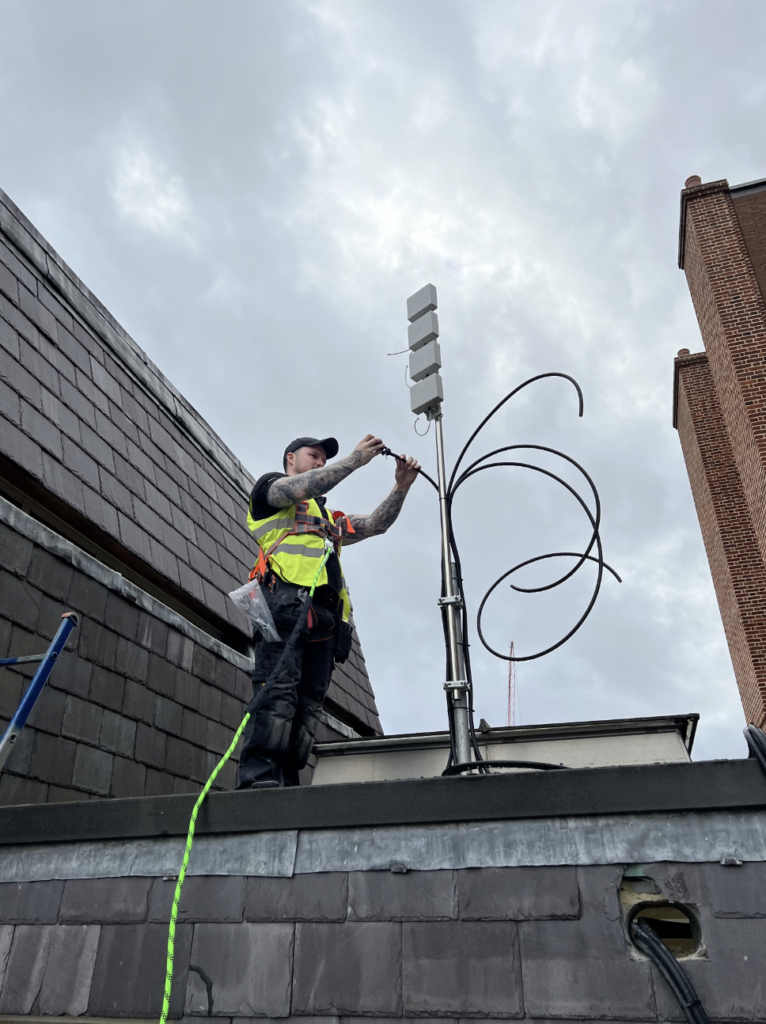
4. Networking Unit Setup
The external antenna is connected to a networking unit, which amplifies the signal. Our team carefully places this unit to maximise signal distribution throughout your property, ensuring efficient coverage.
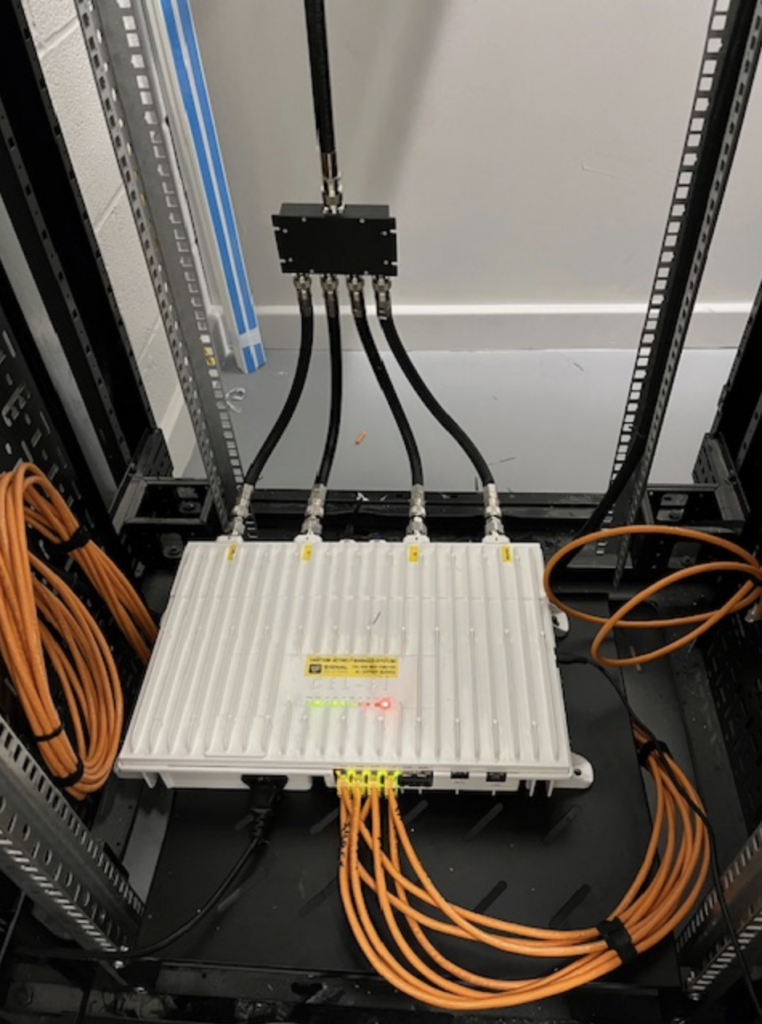
5. Coverage Units and Internal Antenna Placement
Based on the size and layout of your building, we install coverage units and internal antennas in key locations to ensure the boosted signal reaches every room and area that needs it.
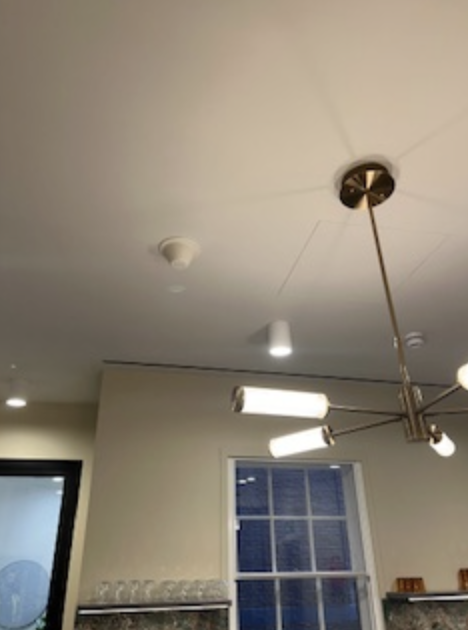
6. Final Testing and Optimisation
Once the installation is complete, we thoroughly test the system, checking signal strength and performance in all critical areas. We fine-tune the setup as needed to ensure maximum coverage and signal reliability.
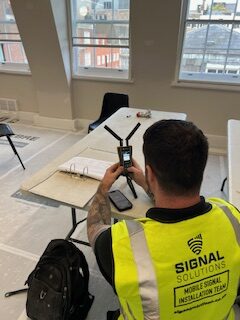
At Signal Solutions, our service doesn’t end after installation. We provide ongoing support to ensure your booster continues to deliver optimal performance. If any issues arise, our expert team is ready to assist.

